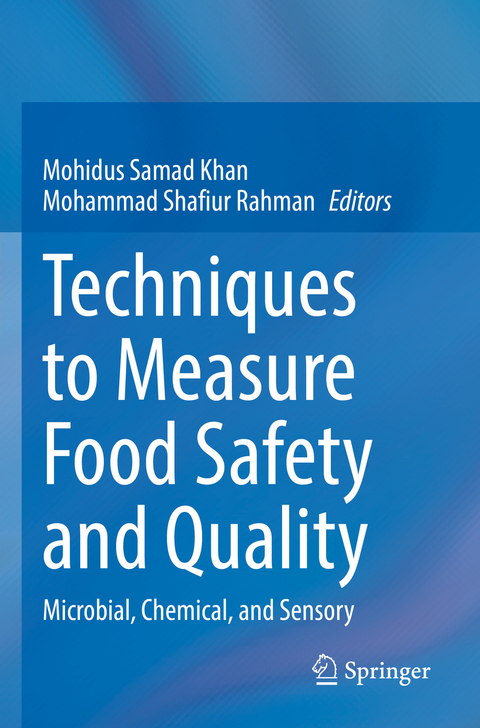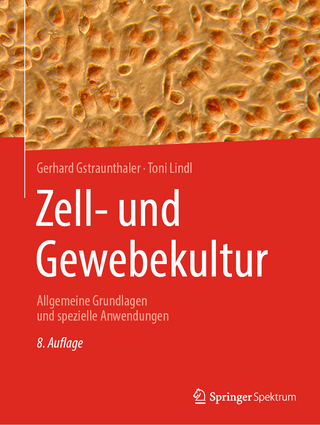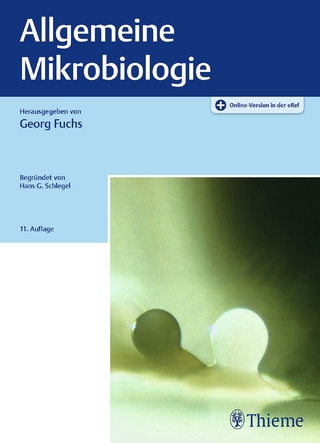
Techniques to Measure Food Safety and Quality
Springer International Publishing (Verlag)
978-3-030-68638-3 (ISBN)
This book addresses the basic understanding of food contaminants and their sources, followed by the techniques to measure food safety and quality. It is divided into four parts: Part A - sources of contaminants in foods, their associated health risks, and integrated management and alternative options to minimize contaminants; Part B - Technological assessment of conventional methods and selected advanced methods for the detection, identification and enumeration of microbial contaminates; Part C - Technological assessment of different chemical measurements techniques; and Part D - Technological assessment of different instrumental techniques to assess sensory properties of foods.
Food safety is a growing concern due to the increase in food-borne illnesses caused by food adulteration, excessive use of pesticides, use of chemical preservatives and artificial fruit ripening agents, microbial contaminations, and improper food handling. Chemical contaminants in food could be transferred from environmental or agrochemical sources, personal care products, and other by-products of water disinfects. In addition, microbial food safety can be threatened due to the presence of many pathogens, such as Salmonella, Escherichia coli, Clostridium botulinum, Staphylococcus aureus, and Listeria monocytogenes in foods. Globally, strict regulations are imposed to limit the potential contaminants in foods. Development of accurate, rapid, and inexpensive approaches to test food contamination and adulteration would be highly valued to ensure global food safety. There are existing processes to ensure safety of food products from chemical and microbial contaminants. Apart from the existing measurement technologies, varieties of new techniques are also being emerged and these could be potential to ensure food safety and quality.
In addition to chemical and microbial properties, sensory properties such as texture, mouthfeel, flavor, and taste, are among the most important attributes of food products to ensure their acceptability by consumers. Two approaches are available to evaluate sensory properties of food products, namely subjective and objective analyses. The responses are perceived by all five senses: smell, taste, sight, touch, and hearing. The approach used in sensory evaluation varies depending on the types of foods and the ultimate goal of the testing. Sensory attributes are the most important quality parameters after ensuring the safety of foods.
lt;p>Professor Mohammad Shafiur Rahman is the author or co-author of more than 400 technical articles, including 150 refereed journal papers, 137 conference papers, 78 book chapters, and 13 books. He is the author of the internationally acclaimed and award-wining Food Properties Handbook, and the popular Handbook of Food Preservation, published by CRC Press, Boca Raton, Florida. He also published another 11 books in the field of Food Science and Technology. Professor Rahman has initiated the International Journal of Food Properties and serving as the founding Editor-in-Chief for more than 20 years. He is also serving as Editor-in-Chief for the Journal of Agricultural and Marine Sciences, published by Sultan Qaboos University.
Dr. Mohidus Samad Khan has authored and co-authored over 80 technical articles, which include peer-reviewed journal and conference articles, international patents, books and book chapters. He also serves as a reviewer of several reputed international journals. His research work on biotechnology won several major awards including University Medals for Best PhD Thesis, 'Young Innovator Award' organized by 'MIT Technology Review Inc' and 'iCFP2016 Young Scientist Award'. Dr. Khan has been involved in health, food and environment projects led by the WHO, UNDP, the Government of Bangladesh (GoB), and local Industries.
Introduction on Techniques to Measure Food Safety and Quality.- Overview of Microbial Contamination of Foods and Associated Risk Factors.- Sources and Health Impacts of Chemical Contaminants in Foods.- Conventional Microbial Counting and Identification Techniques.- Enzyme-linked Immunosorbent Assay (ELISA) Technique for Food Analysis.- Vitek: A Platform for a Better Understanding of Microbes.- Nuclear Magnetic Resonance Spectroscopy in Food Analysis.- UV-vis Spectroscopy for Food Analysis.- Gas Chromatography and Mass Spectroscopy (GC-MS) Technique for Food Analysis.- Supercritical Fluid Extraction (SFE), Solid-Phase Micro Extraction (SPME) and Stir Bar Sorption Extraction (SBSE) Techniques.- Electronic Tongue for Food Safety and Quality Assessment.- Paper Based Detection Techniques for Food Analysis and Authentication.- Differential Scanning Calorimetry (DSC) for food thermal characteristics and its relation to composition and structure.- Quality Assessment of Frying Oil Degradation.-Sensory Properties of Foods and their Measurement Methods.- Quality Assessment of Milk by Sensory and Instrument Methods.- Measurement of Instrumental Texture Profile Analysis (TPA) of Foods.- Index.
| Erscheinungsdatum | 25.09.2022 |
|---|---|
| Zusatzinfo | XII, 477 p. 100 illus., 44 illus. in color. |
| Verlagsort | Cham |
| Sprache | englisch |
| Maße | 155 x 235 mm |
| Gewicht | 694 g |
| Themenwelt | Naturwissenschaften ► Biologie ► Mikrobiologie / Immunologie |
| Naturwissenschaften ► Chemie ► Analytische Chemie | |
| Technik ► Lebensmitteltechnologie | |
| Schlagworte | chemical contaminants • Food Quality • Food Safety • microbial contaminants • risk factors • sensory properties |
| ISBN-10 | 3-030-68638-8 / 3030686388 |
| ISBN-13 | 978-3-030-68638-3 / 9783030686383 |
| Zustand | Neuware |
| Informationen gemäß Produktsicherheitsverordnung (GPSR) | |
| Haben Sie eine Frage zum Produkt? |
aus dem Bereich


